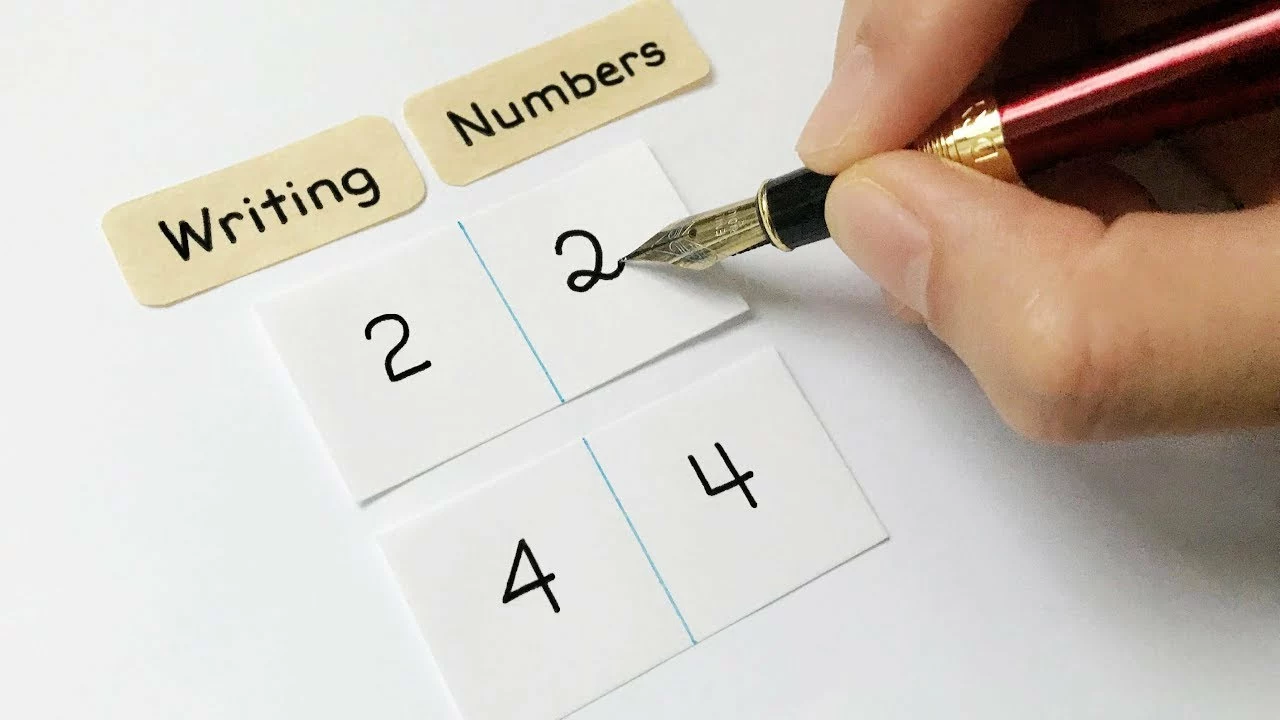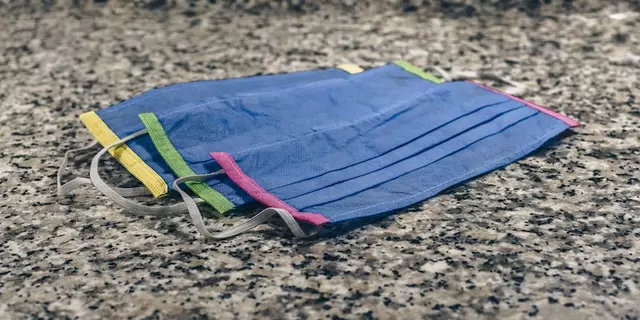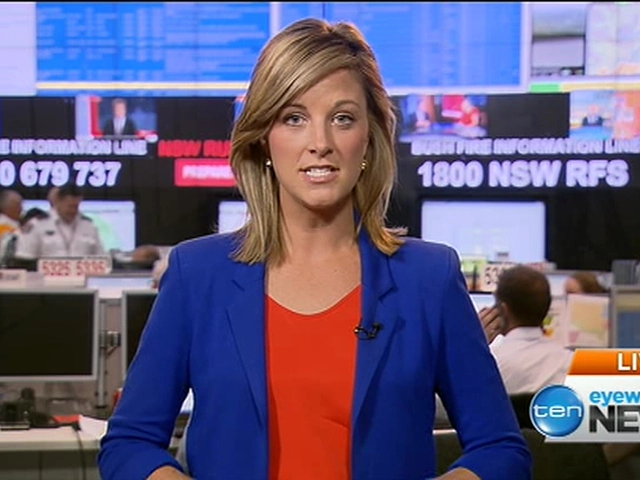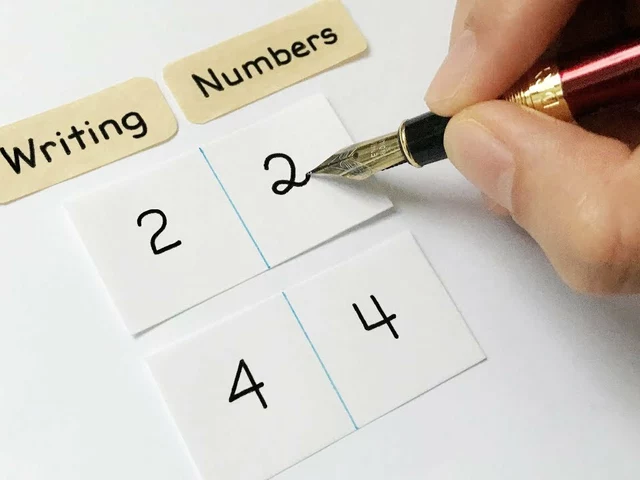Understanding the Basics of Number Writing
Before we delve into the specifics of writing ten thousand and eighteen in figures, it's crucial to understand the basics of number writing. Every number, no matter how large or small, is made up of digits. These digits range from 0 to 9. A number's position in a number string determines its value. This is known as place value. For example, in the number 1234, 1 is in the thousands place, 2 is in the hundreds place, 3 is in the tens place, and 4 is in the ones place. This is a critical concept to grasp when writing numbers in figures.
Breaking Down Large Numbers
When dealing with large numbers such as ten thousand and eighteen, it can be helpful to break them down into smaller parts. This can make it easier to understand and write them in figures. Ten thousand and eighteen can be broken down into ten thousands and eighteen ones. Let's consider ten thousand first. This is a large number, but it's made up of ten smaller parts, each of which is a thousand. So, we can write it as 10,000. Now, let's look at eighteen. This is made up of one ten and eight ones, so we can write it as 18.
Combining Numbers
Once we've broken down large numbers into smaller parts, the next step is to combine them. This is done by simply writing the numbers next to each other, from left to right. So, if we take our broken down numbers from the previous section (10,000 and 18), we can combine them to create the number ten thousand and eighteen. This would be written as 10,018 in figures. It's important to remember the place value system when combining numbers to ensure the numbers are written in the correct order.
Common Mistakes in Writing Large Numbers
There are a few common mistakes that people often make when writing large numbers in figures. One of these is forgetting to include commas to separate the thousands, millions, billions, and so on. For example, ten thousand and eighteen should be written as 10,018, not 10018. Another common mistake is misplacing the comma, which can significantly change the value of the number. For example, 1,0018 is not the same as 10,018. Finally, it's crucial to remember that zero has value in large numbers. In our example, the zero in the hundreds place is not insignificant. It indicates that there are no hundreds in the number ten thousand and eighteen.
Practice Makes Perfect
The best way to become proficient at writing large numbers in figures is to practice. Start with smaller numbers, and gradually work your way up to larger ones. Use worksheets, online resources, or math textbooks to find numbers to practice with. Don't forget to check your work! This will help you catch any mistakes and learn from them. And remember, even if you make a mistake, don't get discouraged. It's all part of the learning process.
Summing Up
Writing large numbers in figures can seem daunting at first, but with a solid understanding of the basics, a bit of practice, and attention to detail, anyone can master it. Remember to break down large numbers into smaller parts, combine them correctly using the place value system, and avoid common mistakes. And most importantly, keep practicing! With time and effort, you'll be writing numbers like ten thousand and eighteen in figures with ease.













Write a comment